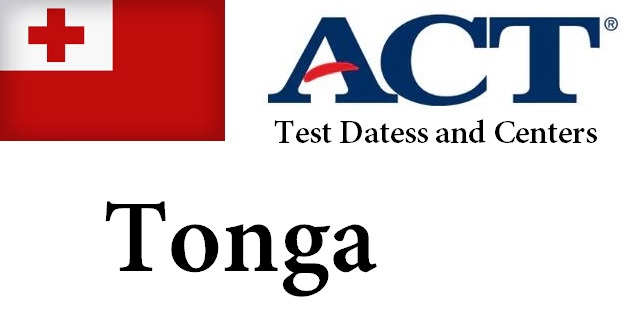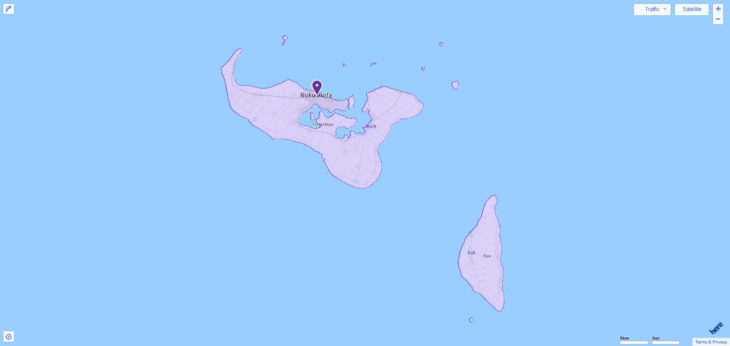Your search found 2 matches. The following is the full list of ACT testing locations in Tonga among which you can pick one to take the exam. Please know that on the test day, test takers can use any 4-function, scientific, or graphing calculator. On the table below, you can also find all test dates through 2019.

2019-2020 ACT Test Dates in Tonga
| Test Date | Registration Deadline |
| February 9, 2019 | January 11, 2019 |
| April 13, 2019 | March 8, 2019 |
| June 8, 2019 | May 3, 2019 |
| July 13, 2019 | June 14, 2019 |
| September 14, 2019 | August 16, 2019 |
| October 26, 2019 | September 20, 2019 |
| December 14, 2019 | November 8, 2019 |
| February 8, 2020 | January 10, 2020 |
| April 4, 2020 | February 28, 2020 |
| June 13, 2020 | May 8, 2020 |
| July 18, 2020 | June 19, 2020 |
ACT Test Centers in Tonga
| City | Center Name | Center Code |
| Liahona | Liahona High School | 873910 |
| Naiafu | Saineha High School | 873930 |
ECONOMY: GENERAL INFORMATION
During the period of German colonization, Togo saw its economy enhanced: roads, ports, railways and other infrastructures were built to exploit agricultural potential and mineral wealth. Passed under the control of France, it experienced another phase of development; the cocoa, coffee and oil palm plantations expanded and improved their production. Upon the acquisition of independence (1960) the small country was considered a bit like the element of balance between the Anglophone and Francophone states of West Africa and managed to take a leading position in the creation of the Economic Community of ‘West Africa (CEDEAO), established in Lagos in 1975; the Togolese capital also had the privilege of being chosen as the seat of the Lomé Convention between the members of the European Union and the fifty states of Africa, the Caribbean and the Pacific (ACP countries) in order to regulate commercial and financial relations, as well as economic and technical cooperation between developing and industrialized countries. The eighties of the twentieth century saw the situation of the country profoundly change: a severe financial crisis occurred and Togo contracted a deep debt with foreign countries. Social instability was added to the economic instability. Characterized, even in recent years, by a heavy dependence on foreign capital, despite the aid of the IMF and the World Bank, the country in 2008 had a GDP of US $ 2,280 million and a per capita income of just US $ 436 (2008).
ECONOMY: AGRICULTURE, FORESTRY, LIVESTOCK AND FISHING
As much as 56% of the active population is employed in agriculture in a country where approx. 48% of the state territory is arable. The gap still exists between agriculture intended for local consumption and plantation agriculture, the products of which are generally exported. Cereals such as corn, millet, sorghum and rice prevail among the products destined for internal consumption, as well as cassava, which is widespread throughout the territory; the main plantation crops are cocoa, coffee, present in central-western Togo, oil and coconut palm, widespread in the southern belt, peanuts and cotton, grown in the central area and whose production is booming. § Forests appear heavily degraded due to the irrational exploitation of the past, which has above all impoverished them of precious essences. § Cattle, sheep and goats are the most raised animals. § Fishing is traditionally active in the coastal lagoon.

